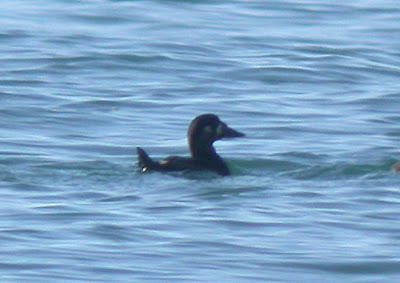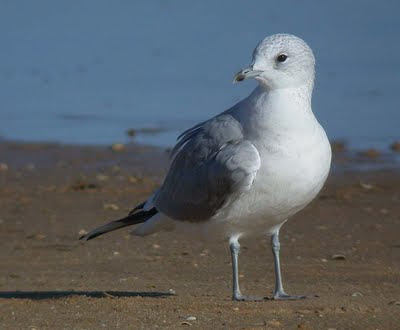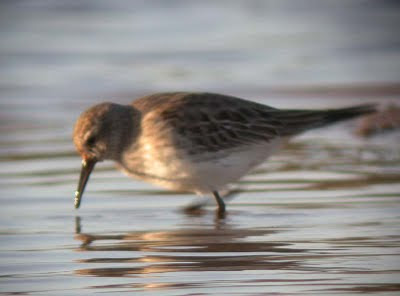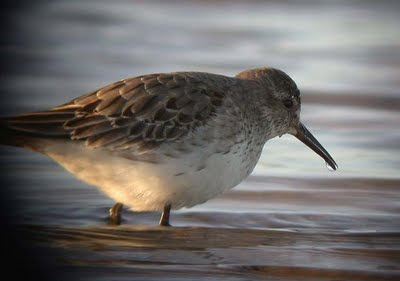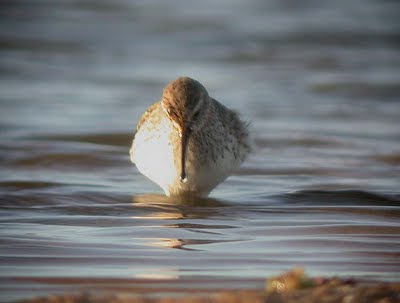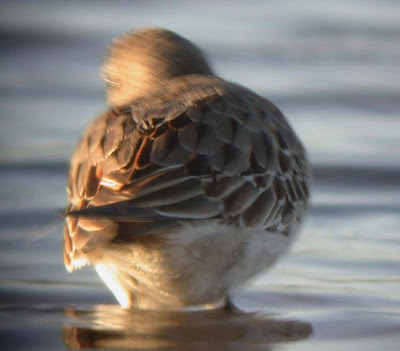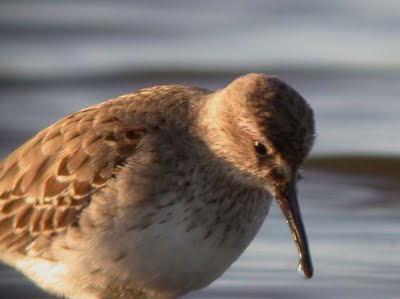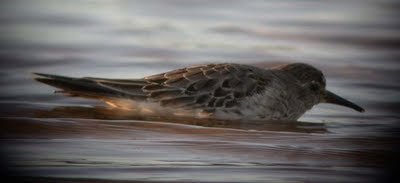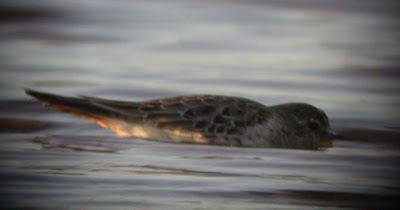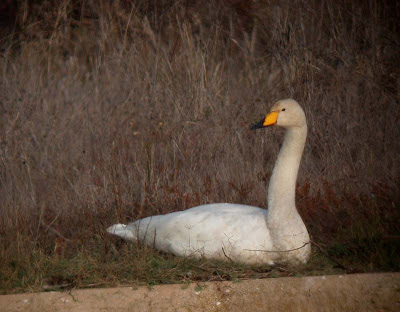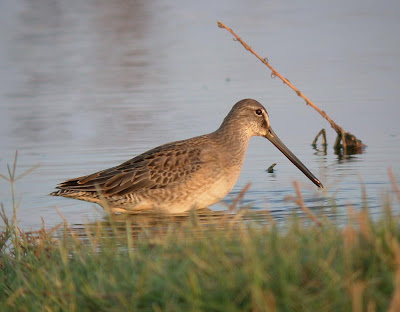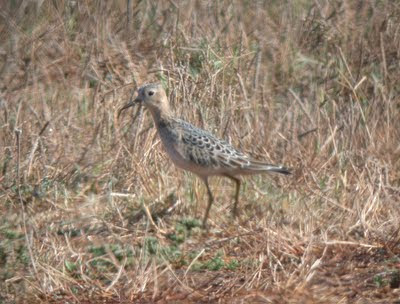
Common Waxbill Estrilda astrild - an introduced species that has successfully conquered the Portuguese wetlands. I heard it been called "Tamagochi" by some local birders...

The second common exotic species here is the Black-headed Weaver Ploceus melanocephalus - here a female. The males are bright yellow with a brown hood. These birds also prefer wetlands with reeds, where they nest in autumn.
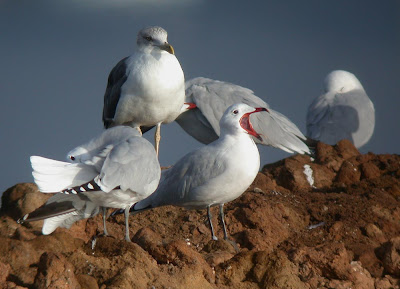
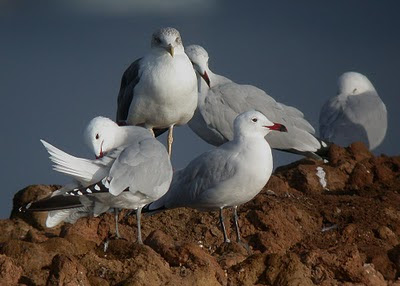
Audouin's Gulls Larus audouinii in Tavira
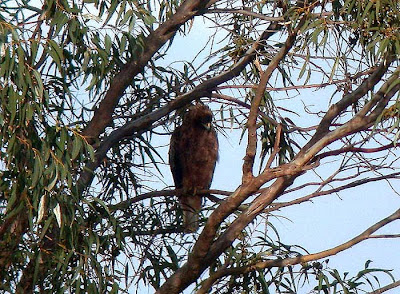
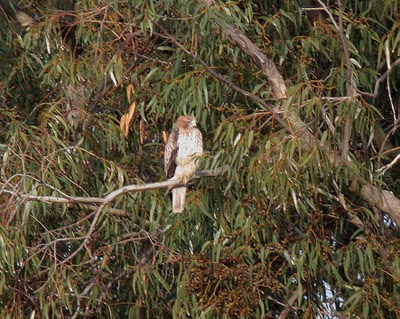
The Booted Eagle Aquila pennata - photos showing the dark and the pale morph - winters in the Algarve, particularily around Faro. These birds are surprisingly vocal.

First Caspian Terns Sterna caspia arrive on the Algarvian coastline in the last days of August or early September already and some Individuals are staying here until late April...

The Ferrugineous Duck Aythya nyroca - here two males - is a rather rare and vulnerable Duck-species in Europe and can be found wintering near Vilamoura with some regularity.

Bar-tailed Godwits Limosa lapponica are mainly seen in the channels of the Ria Formosa. This Ind. has been photographed near Tavira.

Faro-area is also the centre of the winter-distribution for Hoppoes Upupa epops in Portugal. They often feed on Golf courses. This one does so, accompanied by a Meadow Pipit.

Unbeatable colours - the Purple Swamphen Porphyrio porphyrio.

The Glossy Ibis Plegadis falcinellus is a regulary guest - when will the species start nesting in the Algarve ?




